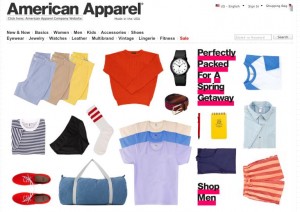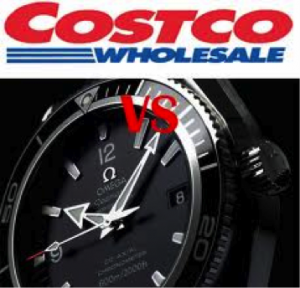
As discussed in a previous Creative Industry Law blog post, California Attorney General Kamala Harris began a two-pronged enforcement strategy last year to bring mobile app developers, platform providers, and mobile ad networks in line with California’s Online Privacy and Protection Act (“COPPA”).
The AG sent notices of non-compliance to offending entities (a sample notice letter can be found here). In December, selected lawsuits were filed (e.g., Harris’ action against Delta). Recently, the Attorney General’s office released Privacy on the Go, a set of guidelines to help those involved in mobile app development, distribution platforms, and advertising to better understand how to meet California’s OPPA’s requirements.






